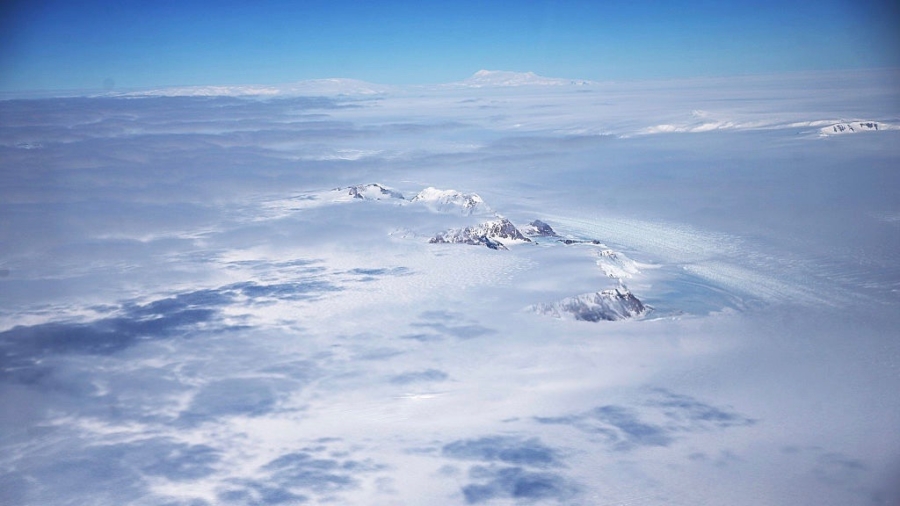Scientists drilled down into a lake that exists beneath almost 1,100 meters (approximately 3,600 feet) of ice on Antarctica, a lake two times the size of Manhattan, at 160 square kilometers (39, 537 acres), and 10 to 15 meters (33 to 49 feet) deep.
The science team, known as the Subglacial Antarctic Lakes Scientific Access, or SALSA, reached the lake by drilling through the ice on Dec. 26 at 10:30 p.m., after beginning the drilling on Dec. 23. The team then smoothed and widened the hole in order to send down instruments, according to a blog post from SALSA.
The first device sent into the borehole leading to the subglacial lake was the Deep SCINI Clump Weight. It captured footage of the hole and lake and measured depth, conductivity, and temperature, according to the blog post.
Mercer Subglacial Lake is only the second subglacial lake ever explored directly by humans on Antarctica. In 2013 some of the same people drilled into Lake Whillans, a nearby, albeit smaller, subglacial lake.
Mercer was discovered in 2006 and is within a constellation of nine lakes in West Antarctica. There are altogether around 400 subglacial lakes hidden from human eyes in Antarctica, Nature reported.
Lake Whillans contains 130,000 microbial cells per milliliter, proving that life can thrive in a lake beneath a massive ice sheet. That’s 10 to 100 times more life than some researchers expected. Scientists are using these discoveries to find out how life thrives in isolated environments and unique ecosystems, Nature reported.
Researchers are prepared to uncover even more life in Lake Mercer. They have brought better equipment with them than they had for Lake Whillans. In the time between when Lake Whillans research started and now, animals were discovered in isolated areas underneath the ice sheet, giving scientists the idea that the lakes could contain even more life with a better investigation, Nature reported.
“We need to start building our knowledge because it turns out that this is a vast ecosystem that’s completely unexplored,” said Peter Doran, a polar scientist at Louisiana State University in Baton Rouge, via Nature.
On SALSA’s Twitter page the team members are pictured with a corer that is being used to bring up sediment from the bottom of the lake.
Subglacial Lakes Hold Life
Antarctica’s biggest subglacial lake, Lake Vostok, is estimated to contain 3,500 different species of life, though the findings are based on a controversial method of measurement, Extreme Tech reported in 2013. Lake Whillans was based on direct measurement, as Lake Mercer will be.
“We know more about Mars than we know about Antarctica’s subglacial environment, but new information about its nature is changing the way we view the continent. The Subglacial Antarctic Lakes Scientific Access (SALSA) project aims to uncover new knowledge about this newly explored biome through an integrative study of subglacial geobiology, water column, and sedimentary organic carbon, and geobiological processes in one of the largest subglacial lakes in West Antarctica,” writes the project team on its homepage.
They are also aware of the fact that they could contaminate the untouched environments with their exploration but said they have a system in place to keep the microbial and chemical contamination as low as possible, according to the webpage.

